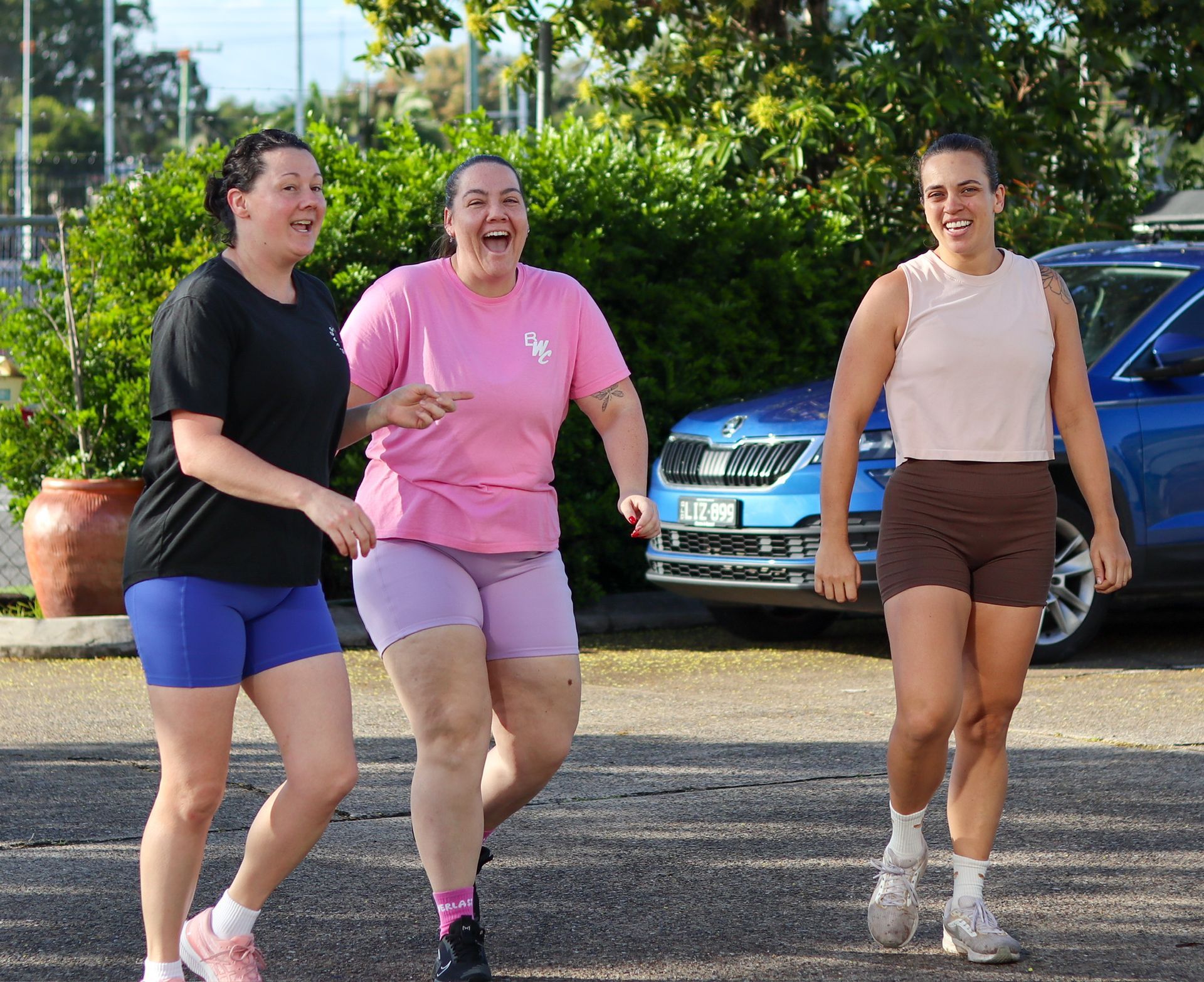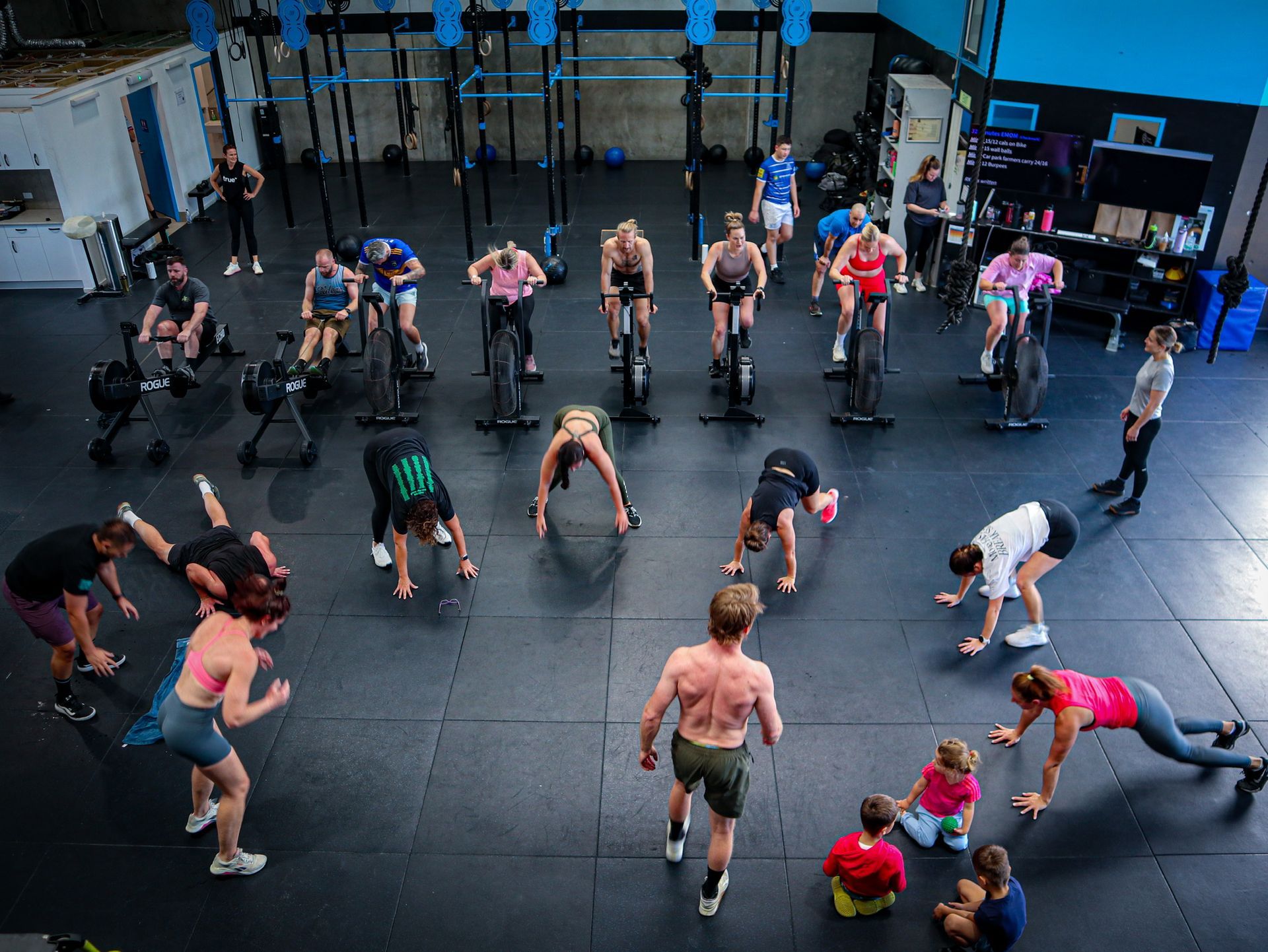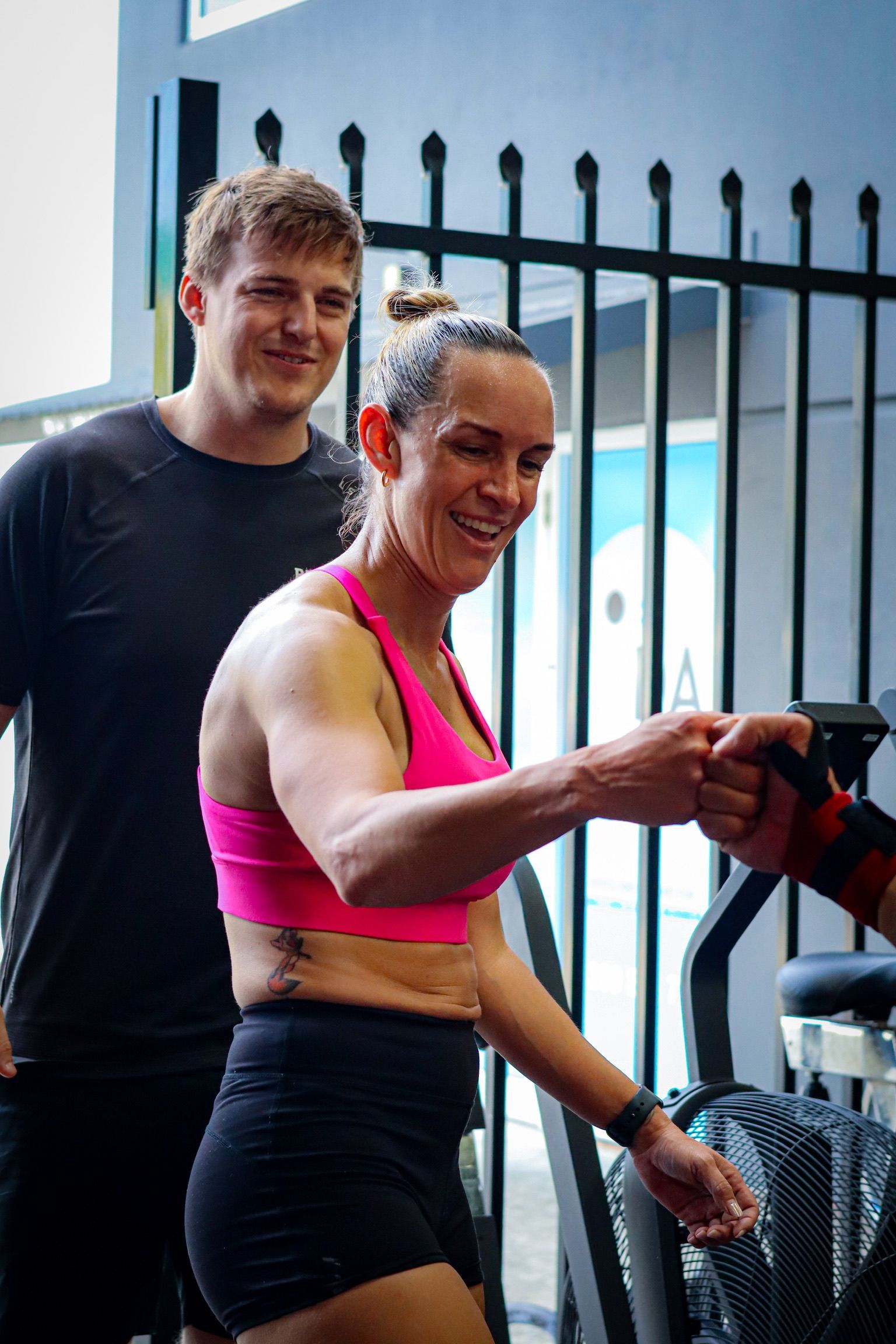DRAFT: Use of Cold Therapy
In recent years, the use of cold therapy for recovery has gained popularity among athletes, fitness enthusiasts, and health-conscious individuals. One popular form of cold therapy is Nurecover ice baths, which involve immersing the body in icy water for a short period of time. But what exactly are Nurecover ice baths, and why are they beneficial for recovery? In this blog post, we will explore the science behind Nurecover ice baths and uncover the many benefits they offer.What are Nurecover Ice Baths?Nurecover ice baths are a type of cold therapy that involves immersing the body in icy water to promote recovery and aid in muscle repair. The water is typically maintained at a temperature of around 40 to 50 degrees Fahrenheit (4 to 10 degrees Celsius), and the recommended duration for an ice bath session is usually between 10 to 20 minutes. Nurecover ice baths are named after the company 'Nurecover,' which specializes in providing ice bath products and equipment.How Do Nurecover Ice Baths Work?Nurecover ice baths work through a process called cold-induced vasoconstriction. When the body is exposed to cold temperatures, the blood vessels constrict, reducing blood flow to the muscles and surrounding tissues. This constriction helps to reduce inflammation, swelling, and muscle soreness caused by intense exercise or physical activity.As the body warms up after the ice bath, blood vessels dilate, allowing fresh oxygenated blood to rush back into the muscles, which helps in the removal of waste products and enhances the delivery of nutrients, promoting muscle recovery and repair.Benefits of Nurecover Ice Baths:Reduces Inflammation and Muscle Soreness: Intense exercise or physical activity can cause muscle inflammation and soreness. Nurecover ice baths can help to reduce inflammation and ease muscle soreness by constricting blood vessels, thereby reducing the influx of inflammatory markers and promoting faster recovery.Enhances Muscle Recovery: Nurecover ice baths promote muscle recovery by increasing blood flow to the muscles after the cold-induced vasoconstriction. This increased blood flow brings in fresh oxygen and nutrients while removing waste products, which can aid in muscle repair and regeneration.Speeds Up Injury Recovery: Cold therapy has long been used in the management of acute injuries, such as sprains or strains. Nurecover ice baths can help to reduce swelling and inflammation associated with injuries, which can promote faster healing and recovery.Improves Sleep and Reduces Fatigue: Nurecover ice baths have been reported to improve sleep quality and reduce fatigue. Cold therapy helps to activate the body's parasympathetic nervous system, which promotes relaxation and restorative sleep, leading to better overall recovery and performance.Enhances Performance: Regular use of Nurecover ice baths may help improve performance by reducing muscle soreness and inflammation, promoting faster recovery, and allowing athletes and fitness enthusiasts to train harder and more frequently.In conclusion, Nurecover ice baths can be a beneficial tool for recovery in athletes, fitness enthusiasts, and anyone seeking to optimise their performance and well-being. Through the process of cold-induced vasoconstriction, Nurecover ice baths help reduce inflammation, muscle soreness, and promote muscle recovery. Incorporating Nurecover ice baths into your recovery routine may help you bounce back faster from intense exercise, injuries, and improve overall performance. However, it's essential to consult with a healthcare professional before incorporating cold therapy into your routine, especially if you have any underlying health conditions. So, take the plunge into the world of Nurecover ice baths and experience the benefits of unlocking the power of cold.
Previous Blogs




